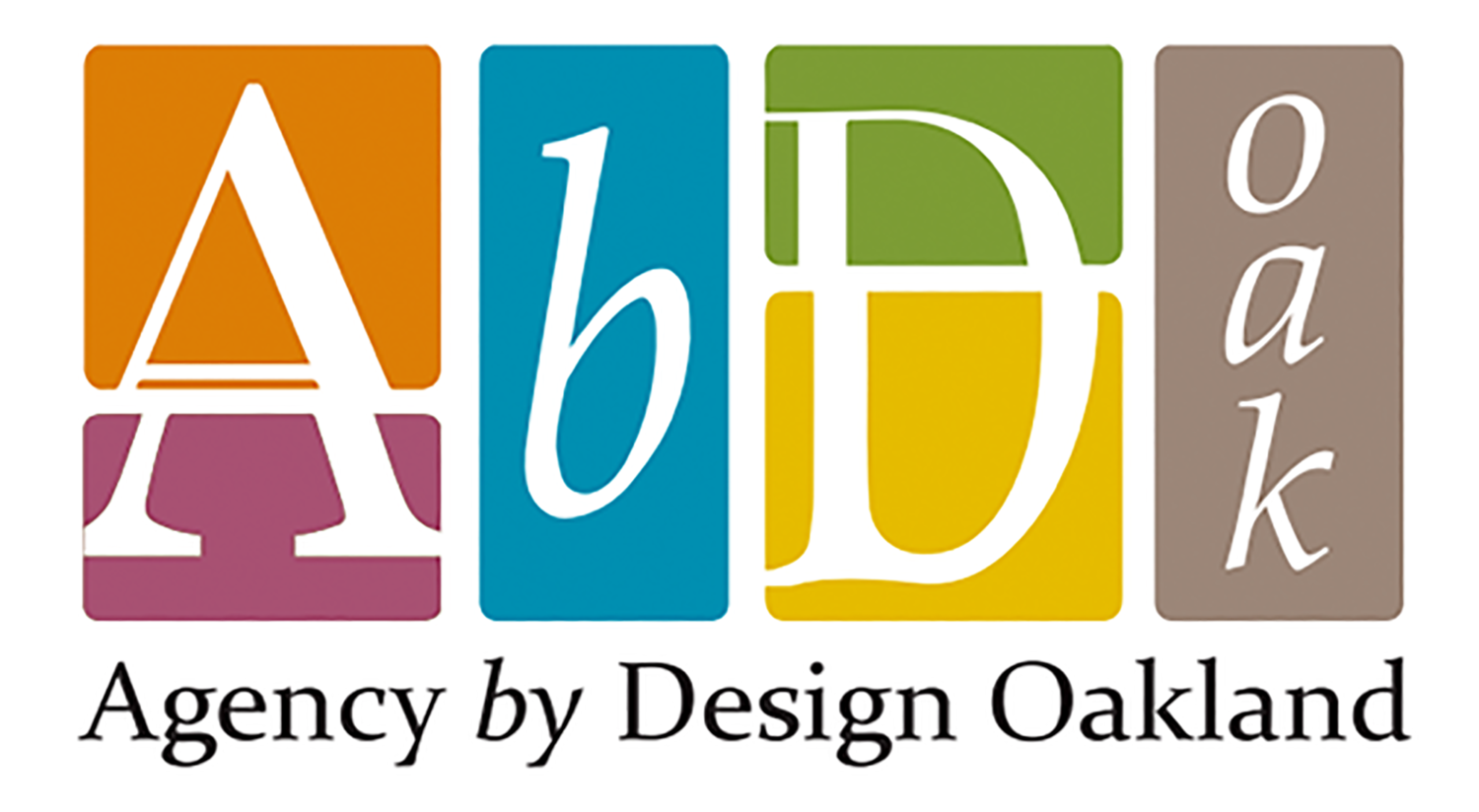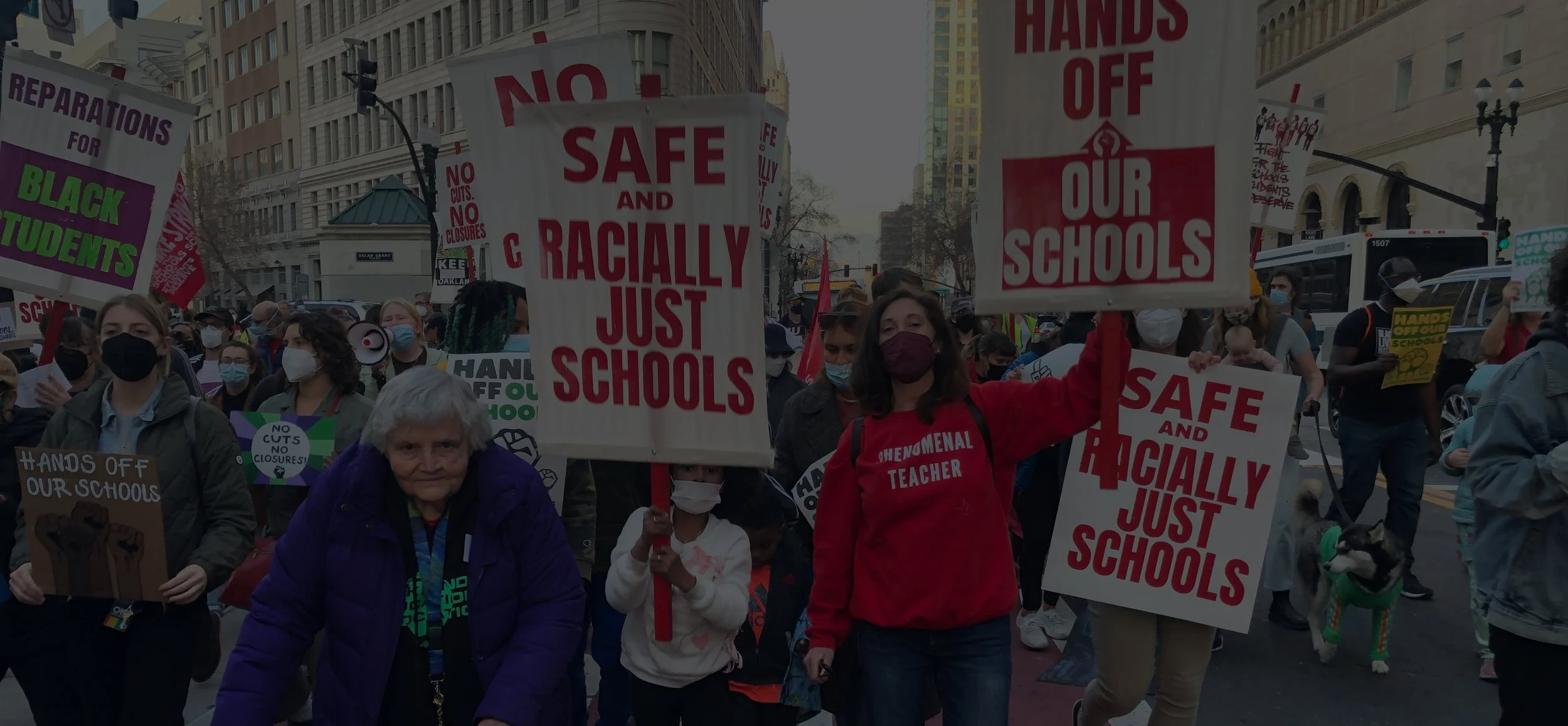Paula Mitchell
Fellowship Director, Agency by Design Oakland
Welcome to a year of maker-centered learning!
I am thrilled to be returning for another year of deep inquiry work with Agency by Design Oakland this time as the Fellowship Director. I have worked with Agency by Design for the past two years, first as a teacher fellow, then as a Senior Lead. However, my love of hands-on learning started long before my work with Agency by Design Oakland.
When I began teaching In the Oakland Unified School District over 25 years ago, I decided I would bring more project based learning into my classroom. Over the past decade, my interest in arts integration and maker education has grown and I am delighted that my passion has allowed me to bring maker-centered learning to the Oakland community that I love. In addition to being Agency by Design Oakland’s Fellowship Director, I am also a Teacher on Special Assignment for Maker-Centered Learning at Grass Valley Elementary School.
As I believe in fostering equity and providing access to high-quality educational STEAM programs to historically underserved and underrepresented populations, I greatly appreciate Agency by Design Oakland’s focus on nurturing and promoting the development of environments where teacher and student agency can flourish. Agency by Design Oakland’s fellowship is a year long professional development program for teachers, by teachers. In May, we welcomed our newest cohort of 28 teacher fellows from 12 Oakland schools. In September, we kicked our work into high gear with our first daylong meeting. Throughout this year long fellowship, the Senior Leads and I will support Oakland teachers as they expand and redefine the educational model in their classrooms and at their sites through maker-centered learning.
At our first daylong meeting of the year, I was inspired by the focus, creativity, imagination, and dedication to learning that the fellows displayed. We jumped right into working with Thinking Routines and examining real world issues. Teacher fellows participated in a playful activity where they took apart wind-up toys and looked closely at their mechanics in order to gain a greater understanding of design. We also dove into systems thinking, looking at systems through the lens of repair, and explored its complexity by examining the role of repair in our consumer society. Through both literal and figurative repair work, we experienced the truth of iFixit’s Self-Repair Manifesto: “If you can’t fix it, you don’t own it.”
Agency by Design Oakland fellow Jane Lee uses a soldering iron to repair her phone.
Jane’s successfully completed repair!
Using the Parts, Purposes and Complexities thinking routine, Agency by Design Oakland fellows Chantel Parnell and Shraddha Soparawala take apart a wind-up mechanical toy and look closely at its inner workings.
Looking back at these activities, I am once again struck by the value and universality of the Agency by Design framework, strategies, and routines — they encourage an holistic view of teaching and learning. These activities show how Agency by Design’s thinking routines can be used in subjects as diverse as mechanical engineering and the humanities.
This year, the fellows have the opportunity to work intensively within specific focal areas of maker-centered learning through participation in two inquiry cycles. Our fellows may choose to do action research in any number of areas, such as, thinking routines, maker capacities, strategies that help facilitate student empowerment, maker identity or assessment. Last year’s cohort worked with some fascinating topics that deepened our knowledge of maker-centered practices. I am eager to continue the work with this year’s fellows as they contribute their own Pictures of Practice to our growing field of maker-centered teacher research.
If you are interested in learning more about maker-centered learning and the work of Agency by Design Oakland, I invite you to come to one of our events: the mini-culminating event for Inquiry Cycle 1 on December 11 and our year-end grand finale on May 4, 2019.
We have had phenomenal fellows’ presentations at past events. I look forward to seeing the innovative ways in which our 2018-2019 Agency by Design Oakland teacher cohort integrates maker-centered learning into their teaching practice.
In Fellowship,
Paula Mitchell
[Editor’s Note] To learn more about Paula Mitchell’s work at Grass Valley, see this video.






























